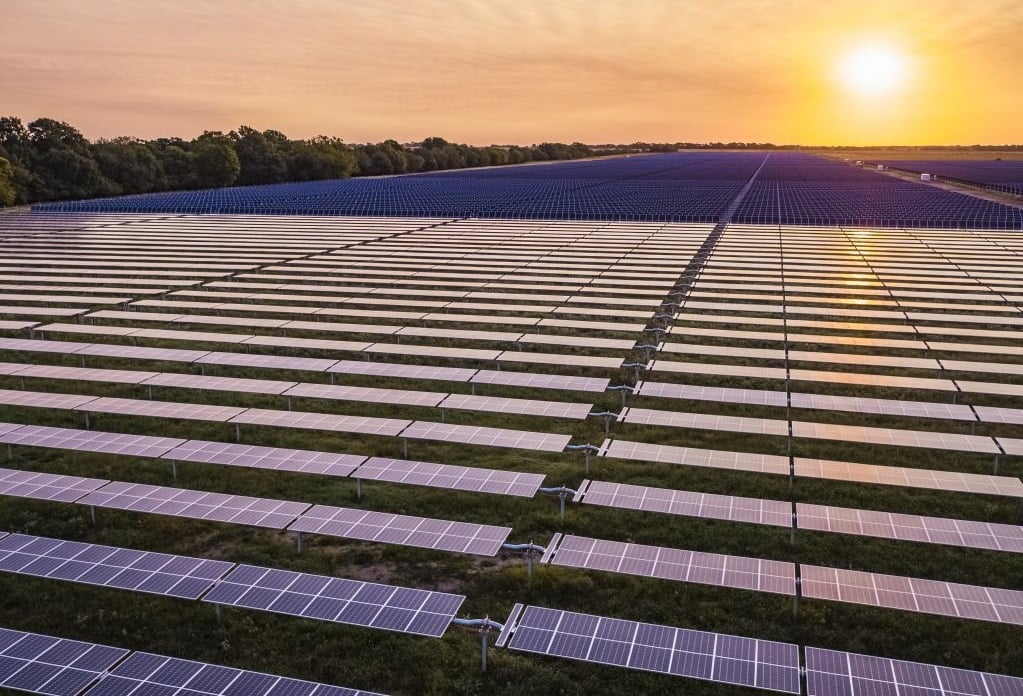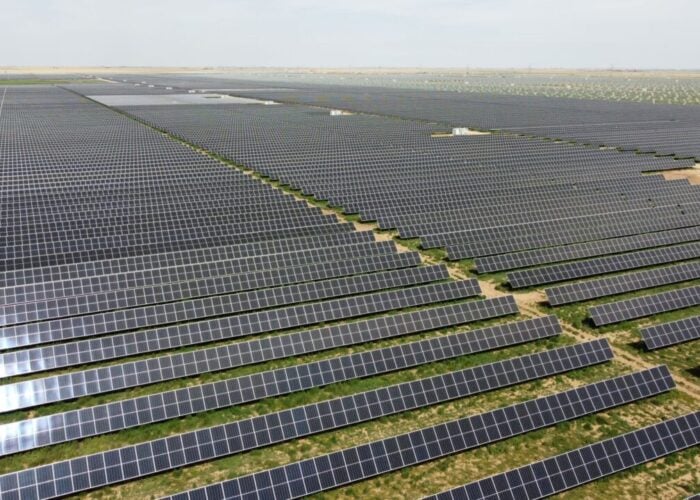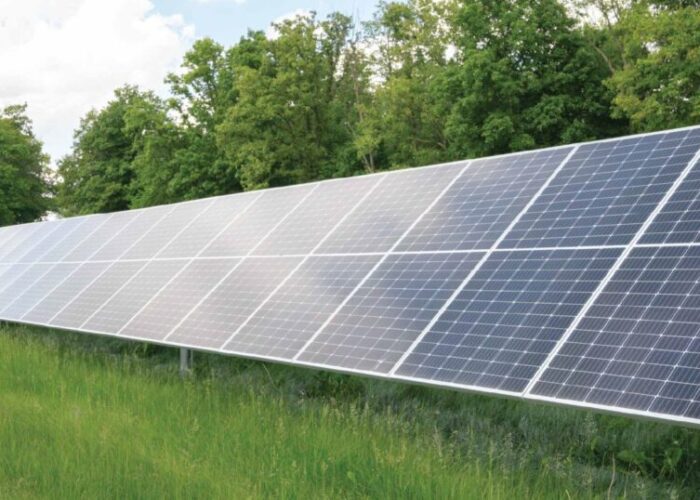
One-third of utility-scale solar projects slated to complete in Texas this year are either on hold or yet to start, new analysis has claimed.
Climate tech analyst Kayrros has assessed data and imagery from the European Space Agency’s Sentinel-2 satellite and compared this with project data from the Electricity Reliability Council of Texas (ERCOT) to determine the progress made by solar arrays expected to connect to the Texas grid in H1 2022.
Unlock unlimited access for 12 whole months of distinctive global analysis
Photovoltaics International is now included.
- Regular insight and analysis of the industry’s biggest developments
- In-depth interviews with the industry’s leading figures
- Unlimited digital access to the PV Tech Power journal catalogue
- Unlimited digital access to the Photovoltaics International journal catalogue
- Access to more than 1,000 technical papers
- Discounts on Solar Media’s portfolio of events, in-person and virtual
Or continue reading this article for free
While ERCOT lists 9.8GW of solar PV spread across 46 individual projects as being scheduled to complete this year. From this pool of projects, around 19 were scheduled to complete in the first six months of the year.
Kayrros forecasts that only nine of those projects – around 1.4GW – have completed so far and of the 37 remaining projects slated for completion this year, nine projects – equivalent to 3GW of capacity – are delayed by at least six months.
In total, Kayrros suggests that a total of 33% of capacity slated for connection by ERCOT this year – around 3.2GW – has either yet to start construction or stopped after construction had started, leading Kayrros to determine the capacity to be at risk.
“There are vast implications for solar farm completion where asset managers, traders, and other market participants lack key information,” Mark Taylor, VP of energy transition at Kayrros, said.
“Challenges at every step of the value chain create the possibility of delay or cancellation for projects across the country, with huge implications for electricity and natural gas prices and of course for the revenues and valuation of market players,”







